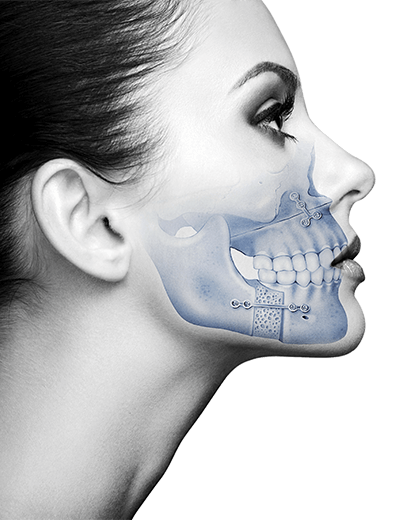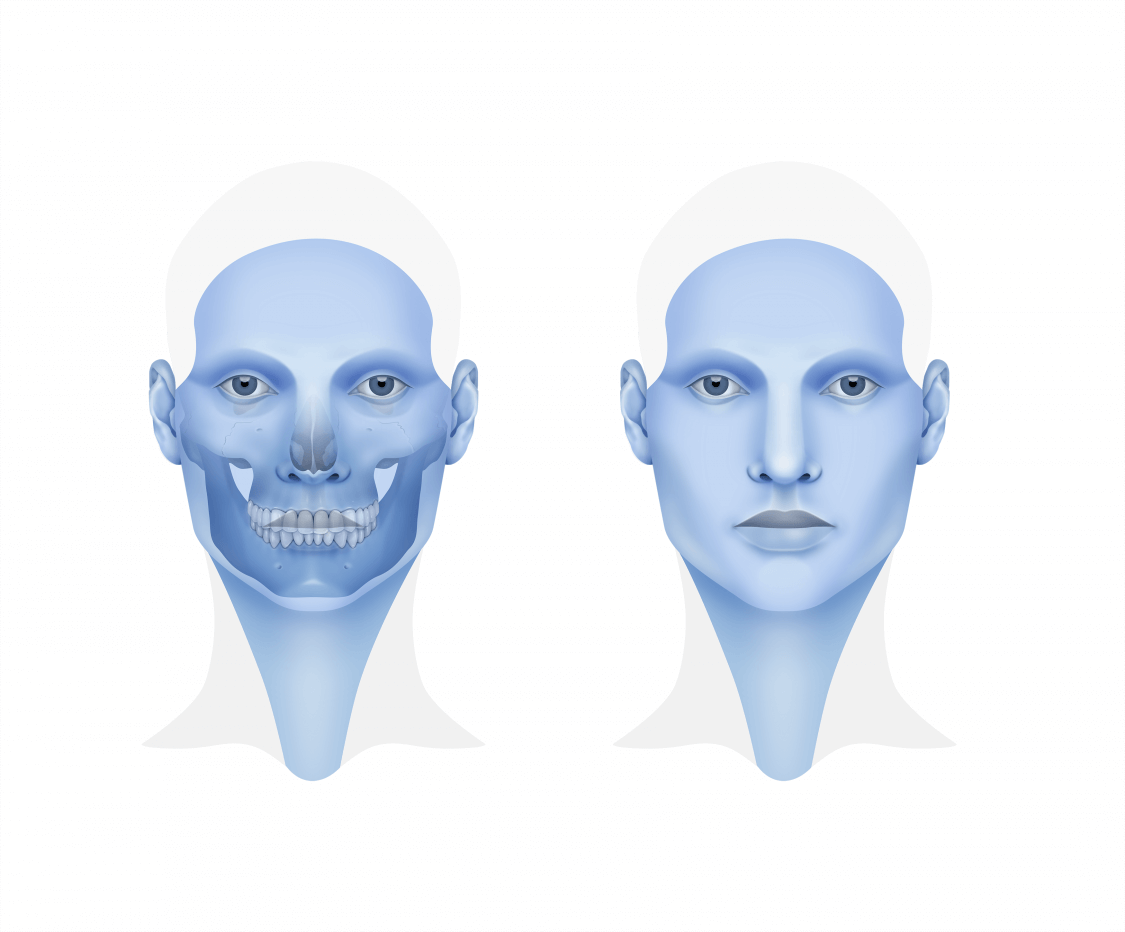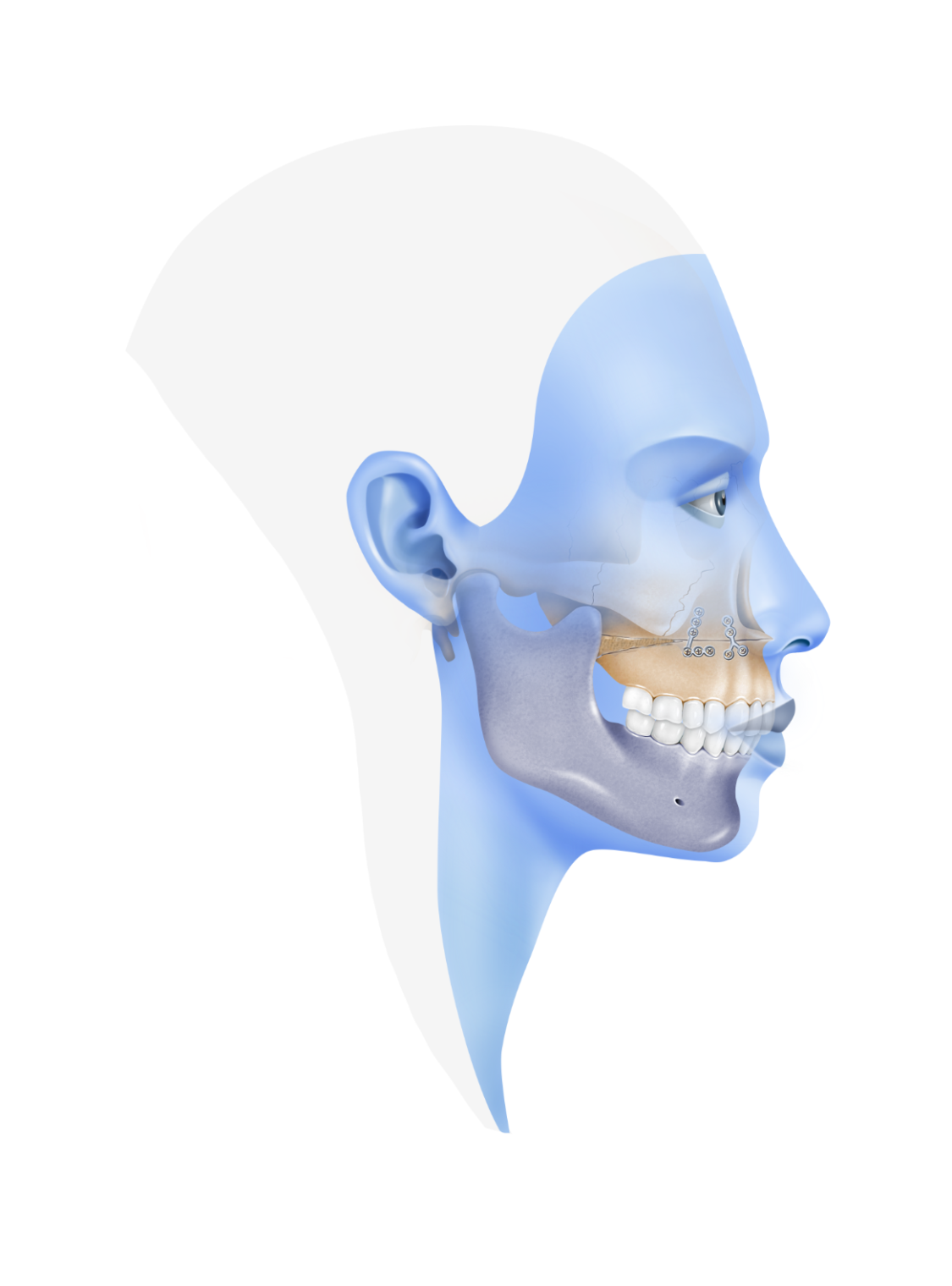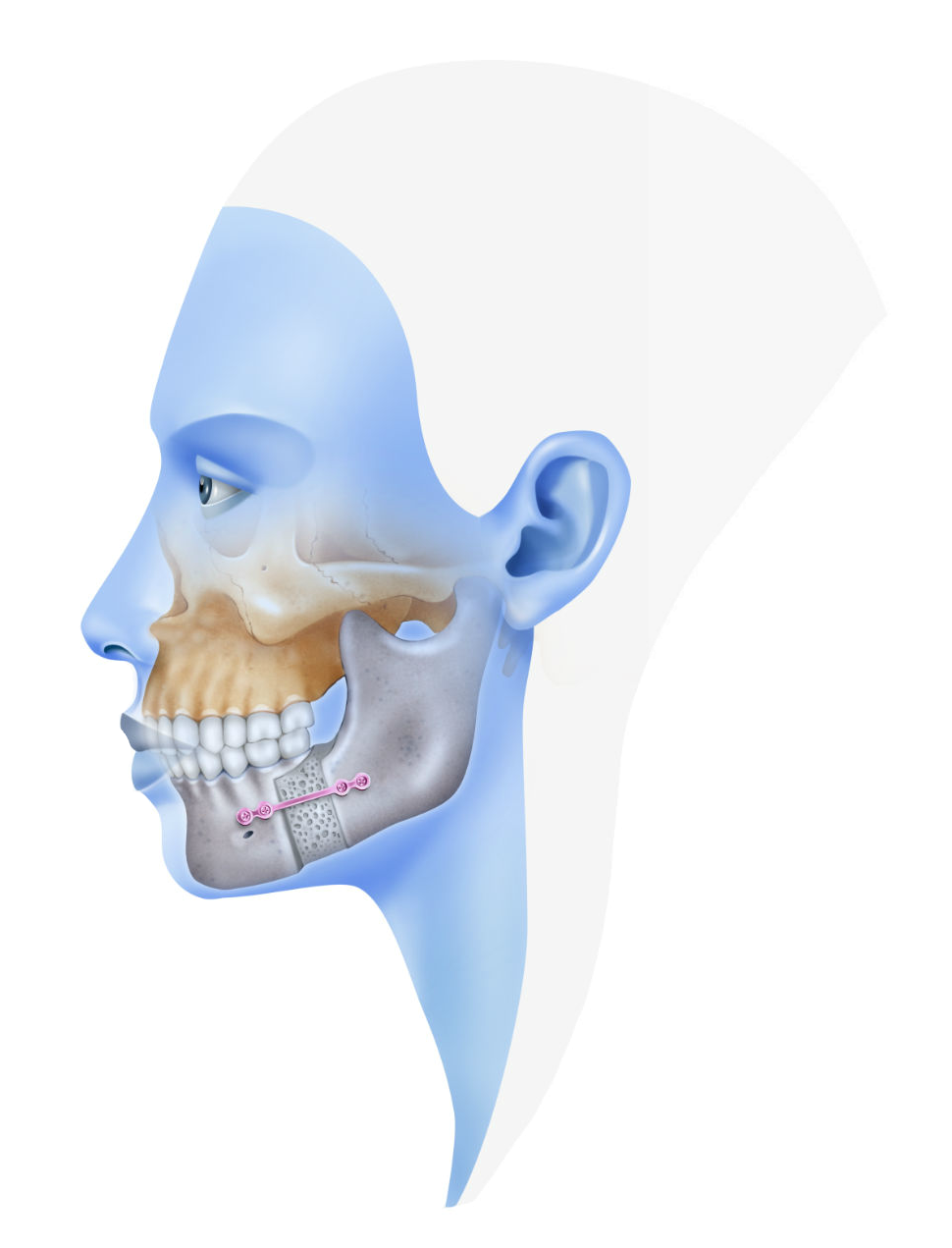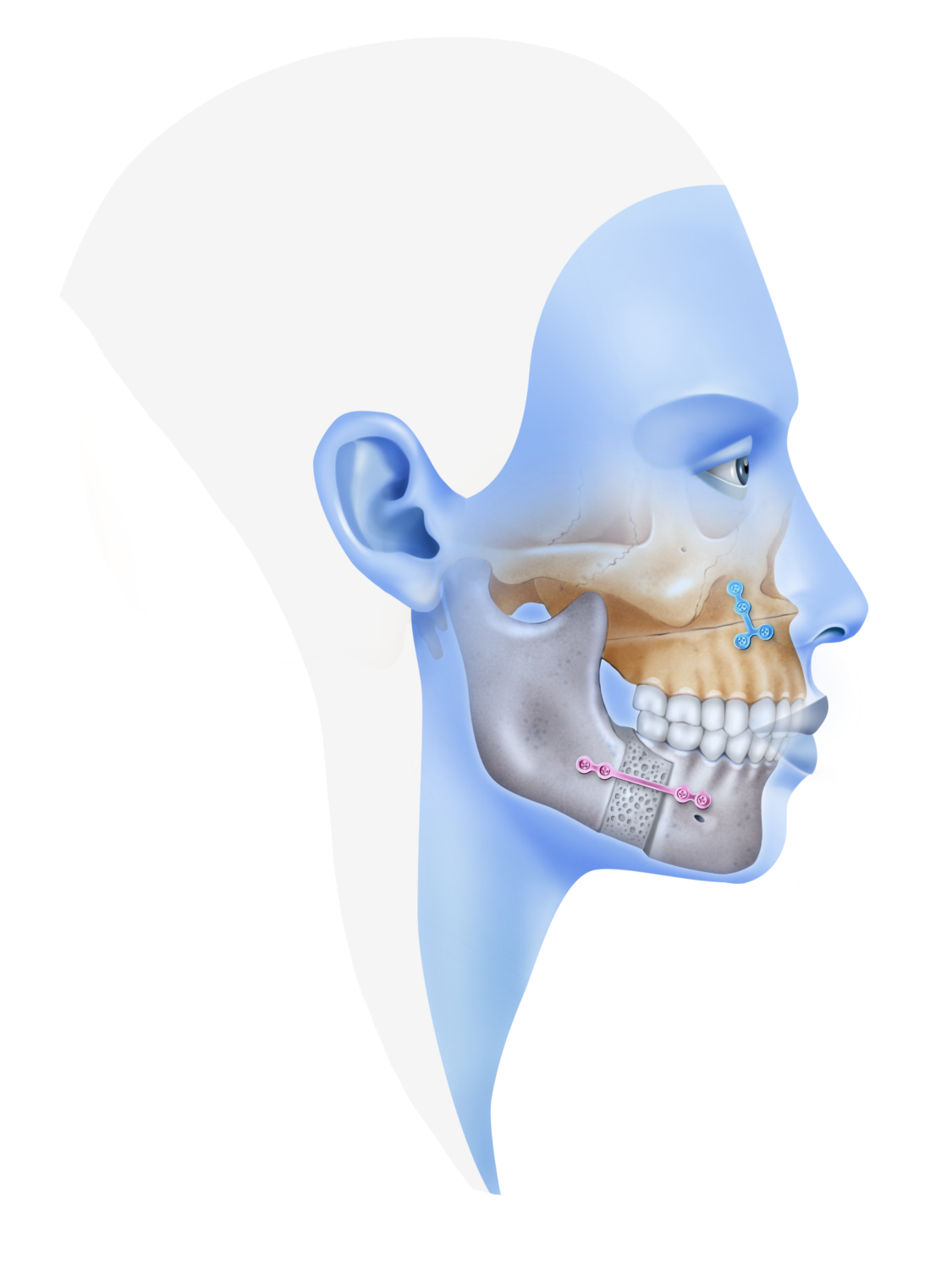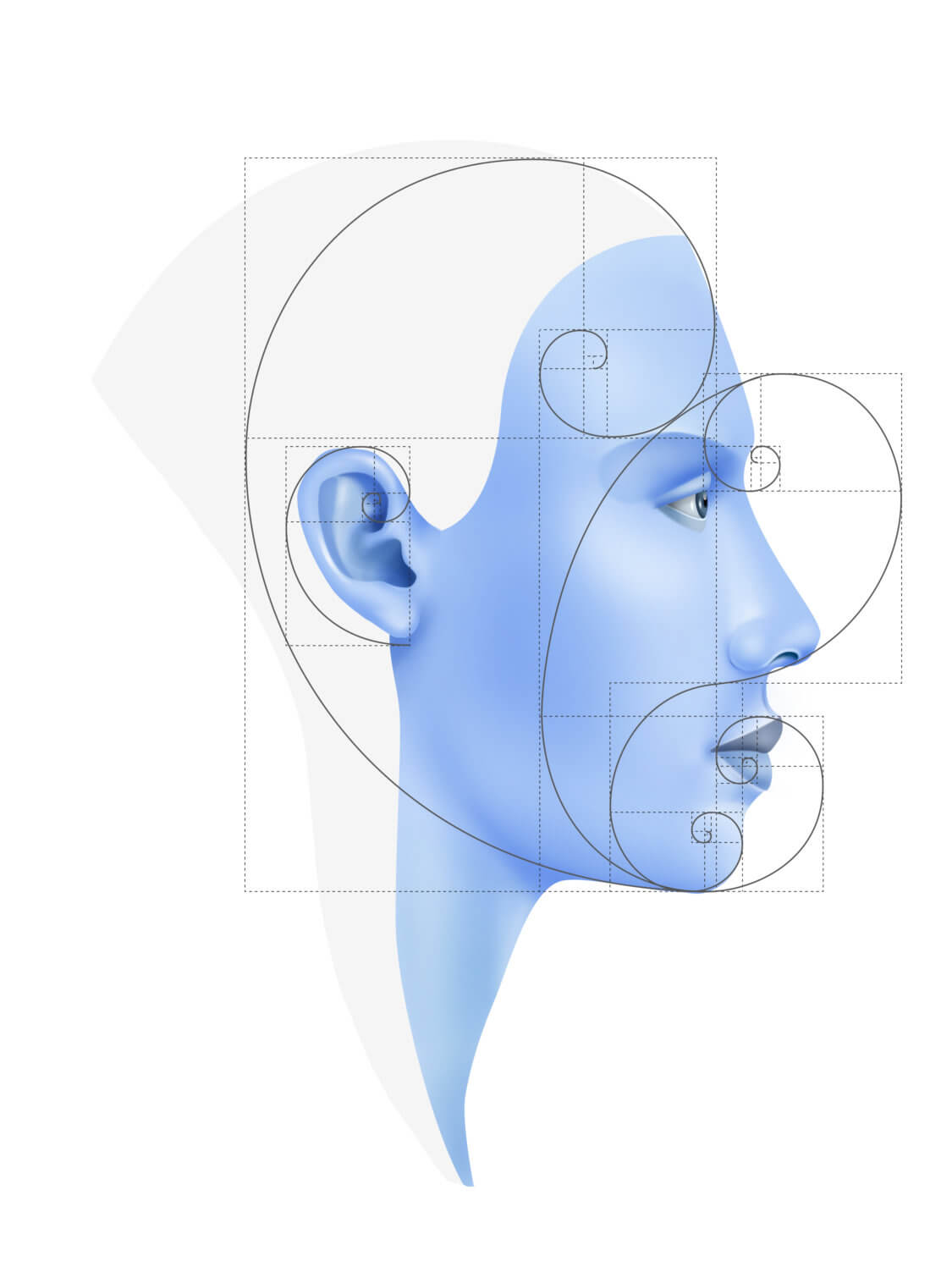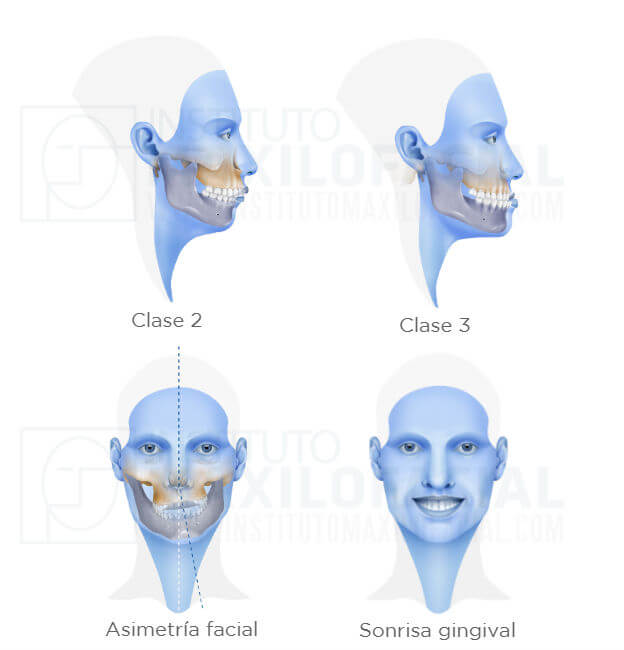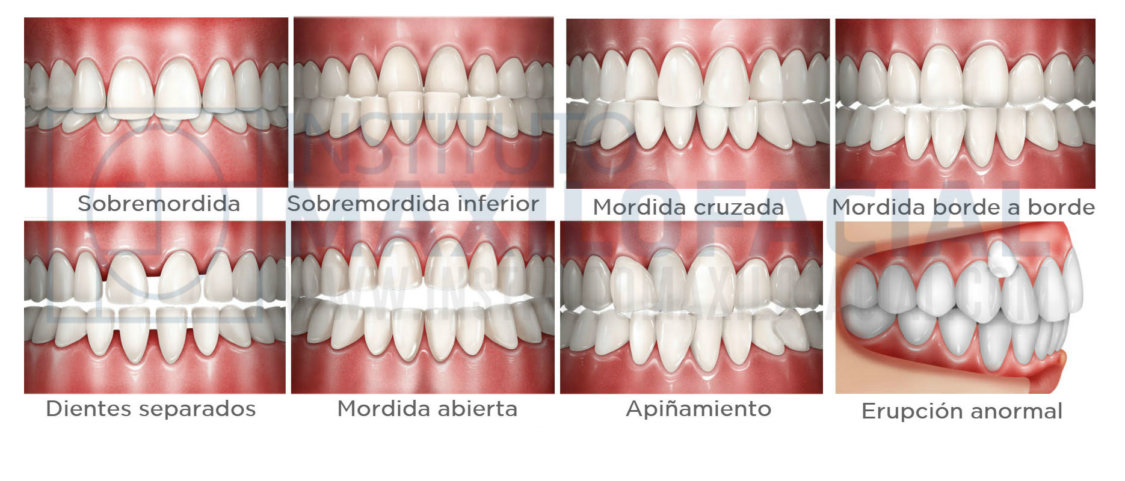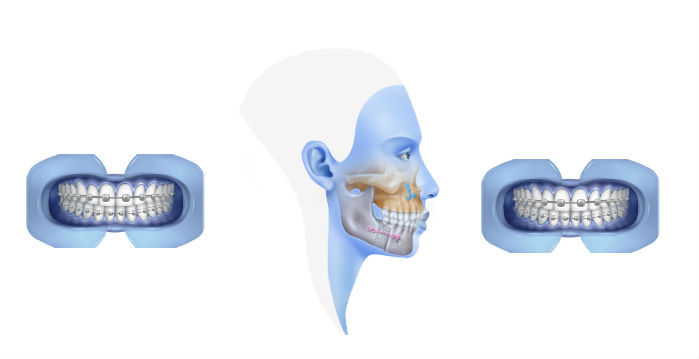ORTHOGNATIC SURGERY VS. ORTHOFACIAL SURGERY
The term “orthofacial surgery” is becoming more and more common in the specialized and informative media. Although orthognathic surgery and orthotofacial surgery can be used to refer to the same procedure, the difference is in the approach:
Orthognathic surgery is a surgical procedure that focuses mainly on achieving the correct function of the maxillo-mandibular complex, while orthofacial surgery involves a holistic approach in which function and aesthetics go hand in hand, and where the face as a whole is taken into consideration.
This paradigm shift is mainly due to medical advances and new technologies:
- On the one hand, the development of minimally invasive surgical techniques, which are less traumatic for the patient and allow for shorter surgical times.
-On the other hand, the technological advances applied to the planning of surgeries (3D planning software, virtual models, piezoelectric scalpel, etc.) allow a more precise and predictable planning and a quick and more accurate execution.
Thus, in a few words, orthognathic surgery is a functional procedure, and orthofacial surgery goes one step further, seeking the ideal balance between function and aesthetics. To do this, in ortho-facial surgery, in addition to addressing the maxilla and mandible of the patients, in the planning process, the surgeon also studies the changes that will occur in other parts of the face as a result of the intervention, and complementary procedures are considered to attenuate them (in case of being undesired) or harmonize the 'new' lower third of the face with the rest of the facial features with procedures such as:
- genioplasty
- Rhinoplasty
- septoplasty
- otoplasty
- neck or face lift
- facial fillers
- blepharoplasty
- canthopexy
- Bichat bags' extraction
- etc.
At the Maxillofacial Institute we are pioneers in using the ortho-facial approach thanks to the research of the team led by our Director, Prof. Federico Hernández Alfaro.

